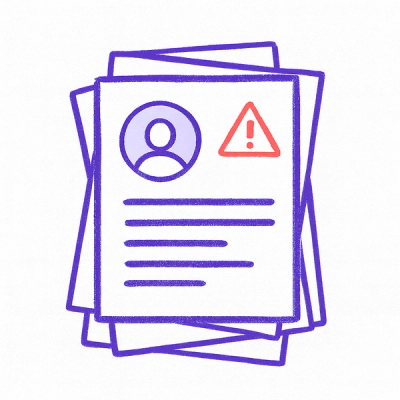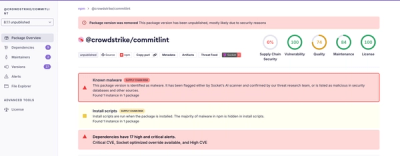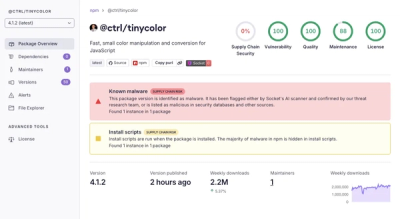django-ldapdb
.. image:: https://secure.travis-ci.org/django-ldapdb/django-ldapdb.png?branch=master
:target: http://travis-ci.org/django-ldapdb/django-ldapdb/
.. image:: https://img.shields.io/pypi/v/django-ldapdb.svg
:target: https://pypi.python.org/pypi/django-ldapdb/
:alt: Latest Version
.. image:: https://img.shields.io/pypi/pyversions/django-ldapdb.svg
:target: https://pypi.python.org/pypi/django-ldapdb/
:alt: Supported Python versions
.. image:: https://img.shields.io/pypi/wheel/django-ldapdb.svg
:target: https://pypi.python.org/pypi/django-ldapdb/
:alt: Wheel status
.. image:: https://img.shields.io/pypi/l/django-ldapdb.svg
:target: https://pypi.python.org/pypi/django-ldapdb/
:alt: License
django-ldapdb is an LDAP database backend for Django, allowing to manipulate
LDAP entries through Django models.
It supports most of the same APIs as a Django model:
MyModel.objects.create()MyModel.objects.filter(x=1, y__contains=2)- Full admin support and browsing
django-ldapdb supports every upstream-supported Django version, based on
the Django support policy <https://www.djangoproject.com/download/#supported-versions>_.
For the current version, the following versions are supported:
- Django 2.2 (LTS), under Python 3.6 - 3.8 (Python 3.5 has reached its end of life);
- Django 3.0, under Python 3.6 - 3.8;
- Django 3.1, under Python 3.6 - 3.8.
Installing django-ldapdb
Linux
Use pip: ``pip install django-ldapdb``
You might also need the usual ``LDAP`` packages from your distribution, usually named ``openldap`` or ``ldap-utils``.
Windows
django-ldapdb depends on the python-ldap <https://pypi.python.org/pypi/python-ldap> project.
Either follow its Windows installation guide <https://www.python-ldap.org/en/latest/installing.html>_,
or install a pre-built version from https://www.lfd.uci.edu/~gohlke/pythonlibs/#python-ldap
(choose the .whl file matching your Python/Windows combination, and install it with pip install python-ldap-3...whl).
You may then install django-ldapdb with
pip install django-ldapdb
Using django-ldapdb
Add the following to your settings.py:
.. code-block:: python
DATABASES = {
'ldap': {
'ENGINE': 'ldapdb.backends.ldap',
'NAME': 'ldap://ldap.nodomain.org/',
'USER': 'cn=admin,dc=nodomain,dc=org',
'PASSWORD': 'some_secret_password',
},
'default': {
'ENGINE': 'django.db.backends.sqlite3',
'NAME': os.path.join(BASE_DIR, 'db.sqlite3'),
},
}
DATABASE_ROUTERS = ['ldapdb.router.Router']
If you want to access posixGroup entries in your application, you can add
something like this to your models.py:
.. code-block:: python
from ldapdb.models.fields import CharField, IntegerField, ListField
import ldapdb.models
class LdapGroup(ldapdb.models.Model):
"""
Class for representing an LDAP group entry.
"""
# LDAP meta-data
base_dn = "ou=groups,dc=nodomain,dc=org"
object_classes = ['posixGroup']
# posixGroup attributes
gid = IntegerField(db_column='gidNumber', unique=True)
name = CharField(db_column='cn', max_length=200, primary_key=True)
members = ListField(db_column='memberUid')
def __str__(self):
return self.name
def __unicode__(self):
return self.name
and add this to your admin.py:
.. code-block:: python
from django.contrib import admin
from . import models
class LDAPGroupAdmin(admin.ModelAdmin):
exclude = ['dn', 'objectClass']
list_display = ['gid', 'name']
admin.site.register(models.LDAPGroup, LDAPGroupAdmin)
Important note:
You must declare an attribute to be used as the primary key.
This attribute will play a special role, as it will be used to build
the Relative Distinguished Name of the entry.
For instance in the example above, a group whose cn is ``foo``
will have the DN ``cn=foo,ou=groups,dc=nodomain,dc=org``.
Supported fields
djanglo-ldapdb provides the following fields, all imported from ldapdb.models.fields:
Similar to Django:
* ``IntegerField``
* ``FloatField``
* ``BooleanField``
* ``CharField``
* ``ImageField``
* ``DateTimeField``
Specific to a LDAP server:
* ListField (holds a list of text values)
* TimestampField (Stores a datetime as a posix timestamp, typically for posixAccount)
Legacy:
* DateField (Stores a date in an arbitrary format. A LDAP server has no notion of Date).
Tuning django-ldapdb
It is possible to adjust django-ldapdb's behavior by defining a few parameters in the DATABASE section:
PAGE_SIZE (default: 1000)
Define the maximum size of a results page to be returned by the server
QUERY_TIMEOUT (default: no limit)
Define the maximum time in seconds we'll wait to get a reply from the server (on a per-query basis).
.. note:: This setting applies on individual requests; if a high-level operation requires many
queries (for instance a paginated search yielding thousands of entries),
the timeout will be used on each individual request;
the overall processing time might be much higher.
Developing with a LDAP server
When developing against a LDAP server, having access to a development LDAP server often proves
useful.
django-ldapdb uses the volatildap project <https://pypi.org/project/volatildap>_ for this purpose:
- A LDAP server is instantiated for each TestClass;
- Its content is reset at the start of each test function;
- It can be customized to embark any schemas required by the application;
- Starting with volatildap 1.4.0, the volatildap server can be controlled remotely, avoiding the need
to install a LDAP server on the host.
Applications using django-ldapdb may use the following code snippet when setting up their tests:
.. code-block:: python
# This snippet is released in the Public Domain
from django.conf import settings
from django.test import TestCase
import volatildap
class LdapEnabledTestCase(TestCase):
@classmethod
def setUpClass(cls):
super().setUpClass()
cls.ldap = volatildap.LdapServer(
# Load some initial data
initial={'ou=people': {
'ou': ['people'],
'objectClass': ['organizationalUnit'],
}},
# Enable more LDAP schemas
schemas=['core.schema', 'cosine.schema', 'inetorgperson.schema', 'nis.schema'],
)
# The volatildap server uses specific defaults, and listens on an arbitrary port.
# Copy the server-side values to Django settings
settings.DATABASES['ldap']['USER'] = cls.ldap.rootdn
settings.DATABASES['ldap']['PASSWORD'] = cls.ldap.rootpw
settings.DATABASES['ldap']['NAME'] = cls.ldap.uri
def setUp(self):
super().setUp()
# Starting an already-started volatildap server performs a data reset
self.ldap.start()
@classmethod
def tearDownClass(cls):
# Free up resources on teardown.
cls.ldap.stop()
super().tearDownClass()



